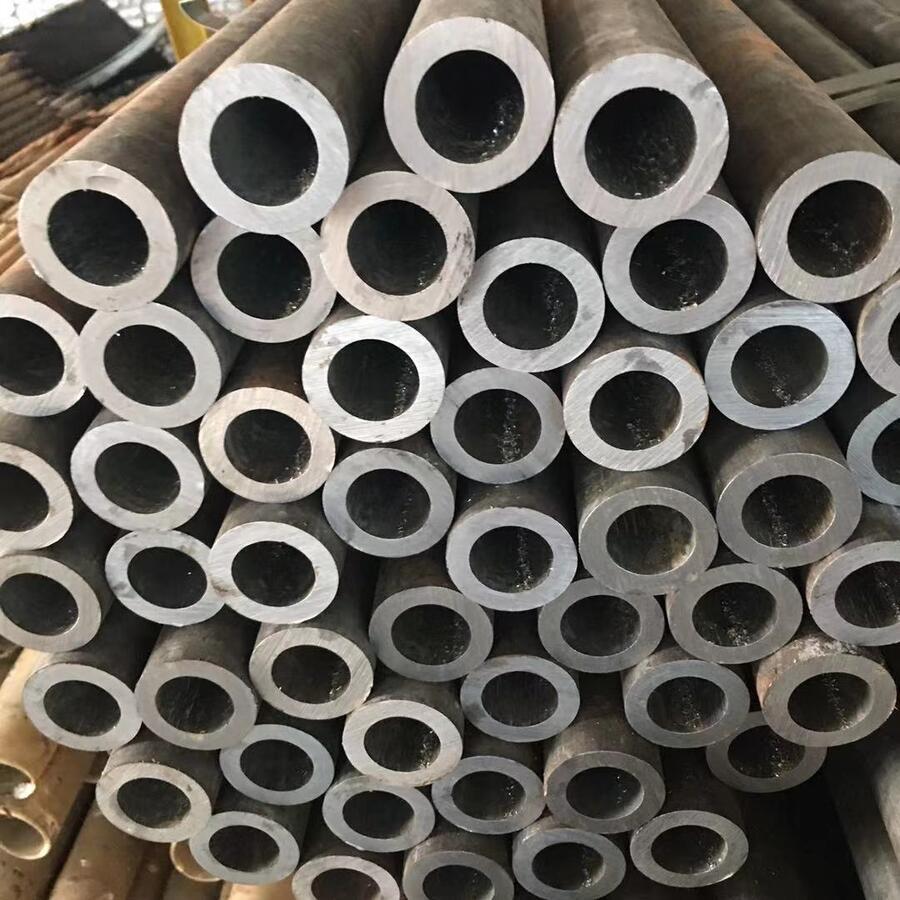Los laminadores de acero en caliente son componentes cruciales en el proceso de producción de acero., Transformar acero en bruto en productos utilizables a través de una serie de procesos controlados.. En este artículo, Exploraremos los diversos aspectos de los laminadores en caliente de acero., incluyendo sus mecanismos operativos, parámetros clave, y los beneficios que ofrecen a la industria manufacturera.
¿Qué son los laminadores en caliente de acero??
Los laminadores de acero en caliente son máquinas industriales diseñadas para procesar acero a altas temperaturas.. La función principal de estos molinos es reducir el espesor de los desbastes o palanquillas de acero haciéndolas pasar por una serie de rodillos.. Este proceso no sólo da forma al acero sino que también mejora sus propiedades mecánicas., haciéndolo adecuado para diversas aplicaciones.
¿Cómo funcionan los laminadores de acero en caliente??
El funcionamiento de los trenes de laminación en caliente de acero implica varios pasos clave:
- Calefacción: Los tochos o desbastes de acero se calientan en un horno hasta alcanzar una temperatura de alrededor de 1100 °C a 1250 °C..
- Laminación: Luego, el acero calentado pasa a través de una serie de rodillos., que reducen gradualmente su espesor mientras aumentan su longitud.
- Enfriamiento: despues de rodar, el acero se enfría a temperatura ambiente, lo que ayuda a lograr las propiedades mecánicas deseadas.
- Refinamiento: El producto final puede sufrir procesos adicionales como el corte, enrollando, o tratamiento superficial.

Parámetros clave de los laminadores en caliente de acero
Comprender los parámetros de los trenes de laminación en caliente de acero es fundamental para optimizar su rendimiento. A continuación se muestra una tabla completa que muestra varios parámetros asociados con estos molinos.:
| Parámetro | Descripción |
|---|---|
| Diámetro de rollo | Normalmente oscila entre 500 mm a 1200 mm, afectando la fuerza de rodadura y la calidad del producto. |
| Ancho del rollo | Los anchos estándar varían desde 1000 mm a 3000 mm, dependiendo de las especificaciones del producto. |
| Velocidad de rodadura | Las velocidades comunes van desde 1 m/s en 5 EM, influyendo en la eficiencia de la producción. |
| Temperatura de calentamiento | Las temperaturas de calentamiento óptimas están entre 1100 °C y 1250 °C para un laminado eficaz. |
| Reducción de espesor | Las reducciones típicas van desde 10% a 50% por pase, dependiendo del material y del diseño del molino. |
| Capacidad de producción | Los molinos modernos pueden producir hasta 1 millones de toneladas de acero laminado por año. |
| Consumo de energía | Los requisitos de energía pueden variar de 500 kW a 5000 kW según el tamaño y la producción del molino. |
| Tasa de enfriamiento | Las velocidades de enfriamiento posteriores al laminado pueden afectar las propiedades mecánicas finales del acero.. |
| Nivel de automatización | Las fábricas modernas suelen contar con sistemas de automatización avanzados para mejorar el control y la eficiencia.. |
| Tipos de materiales | Puede procesar varios grados de acero., incluyendo acero al carbono, acero aleado, y acero inoxidable. |
Beneficios de los laminadores en caliente de acero
Los laminadores en caliente de acero ofrecen numerosas ventajas, incluido:
- Propiedades mecánicas mejoradas: El proceso de laminación en caliente mejora la resistencia y ductilidad del acero..
- Rentabilidad: Las altas tasas de producción y la reducción del desperdicio de material contribuyen a reducir los costos operativos..
- Versatilidad: Capaz de producir una amplia gama de productos de acero., incluyendo hojas, platos, y bares.
- Calidad de superficie mejorada: El proceso da como resultado un acabado superficial más suave., reduciendo la necesidad de procesamiento adicional.
Conclusión
En conclusión, Los laminadores en caliente de acero desempeñan un papel vital en la industria manufacturera de acero.. Entendiendo sus mecanismos operativos y parámetros clave., Los fabricantes pueden optimizar sus procesos para mejorar la eficiencia y la calidad del producto.. A medida que la tecnología continúa avanzando, las capacidades de los laminadores en caliente de acero solo mejorarán, allanando el camino para productos de acero más innovadores en el futuro.
Para obtener más información sobre los trenes de laminación en caliente de acero y sus aplicaciones., you can visit HANI TECNOLOGÍA and HANI METALURGIA.




